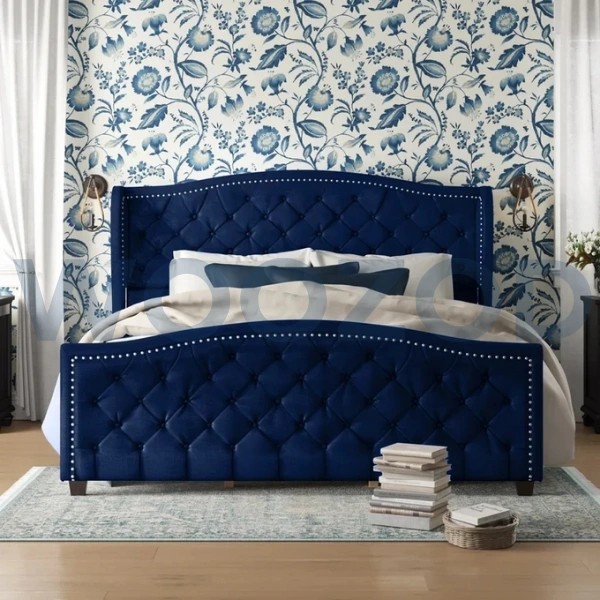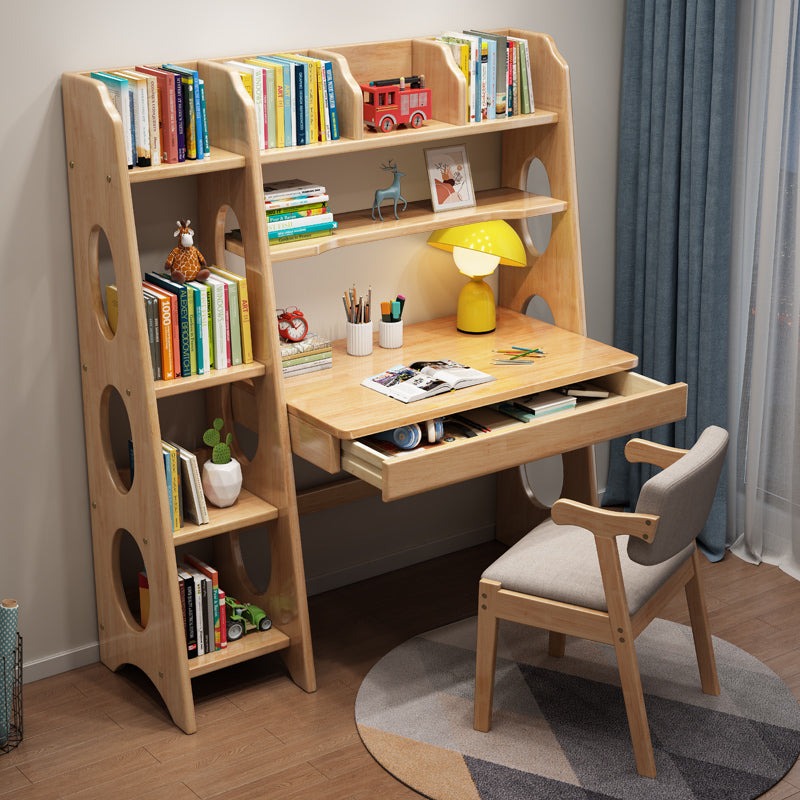Creating a productive study environment for children is a responsibility many parents take seriously. Among the most important elements of that environment is the study table. A child’s study table is more than just a piece of furniture—it becomes the foundation of their learning routine, a place where they read, write, complete homework, and develop the focus needed for academic success. Choosing the right study table is not only about style or color but about functionality, comfort, and long-term benefits for your child’s education.
Understanding the Importance of a Study Table
For children, having a designated study space establishes discipline. A study table provides a clear boundary between play and study time, which can make learning more effective. Unlike working on the floor, bed, or sofa, a table encourages proper posture and concentration. It helps children associate the table with focus, minimizing distractions and boosting productivity. Moreover, it fosters independence by giving kids a personal space that is theirs to manage and maintain.
Considering the Right Size and Dimensions
The first factor parents should think about is size. A study table should match the child’s age, height, and comfort. If it is too tall, the child may strain while writing; if it is too small, they might feel cramped and unable to spread out their books. An ergonomically designed study table ensures that the child can sit comfortably, with feet flat on the ground and elbows at a natural angle when writing. Growth should also be taken into account. Many parents choose adjustable tables that can evolve with the child over the years, saving the need for frequent replacements.
Balancing Design with Practicality
Children are naturally drawn to bright, playful designs. While it is tempting to choose a study table based solely on appearance, practicality should remain a priority. A functional design often includes shelves, drawers, or compartments where children can store their books, stationery, and school supplies. These features not only keep the study area neat but also teach organizational skills. A clutter-free desk promotes clear thinking, while attractive designs can still be incorporated through colors or patterns that complement the child’s room without sacrificing usability.
Materials That Make a Difference
Durability is another factor to consider. Since kids use their study table daily, the material should be strong enough to handle wear and tear. Wooden tables are a timeless choice because of their sturdiness and classic look. Modern options also include engineered wood, plastic, and even metal, each offering unique benefits. Wooden tables often last longer, while plastic tables can be lightweight and easy to move around. Safety is important too—the edges should be smooth to prevent injuries, and the finish should be non-toxic to protect children’s health.
Storage and Organization Options
Children often struggle to keep their study area tidy, and this is where built-in storage proves invaluable. A table with drawers, shelves, or side compartments makes it easier for kids to organize their belongings. They learn to keep books in one place, stationery in another, and reduce clutter on the surface. For smaller rooms, compact tables with vertical storage can be a space-saving solution. Teaching children the habit of organization early on can have lasting benefits, not only for their academic life but also for their overall discipline.
Comfort and Ergonomics
A study table should always be paired with a comfortable chair. The two work together to ensure the child maintains the right posture. A poorly designed table can lead to slouching, backaches, and even reduced focus. Ergonomics is not just a concern for adults in the workplace—it applies to children too. An adjustable chair with proper back support and a table at the right height helps prevent strain. Adding adequate lighting, either natural or through a desk lamp, completes the setup, ensuring children can study for longer without feeling fatigued.
Budgeting and Affordability
While every parent wants the best for their child, budget is an important consideration. Study tables come in a wide range of prices, depending on design, material, and brand. It is not always necessary to choose the most expensive option; rather, parents should look for a balance between quality and affordability. When researching study table price in Pakistan, you will notice that the market offers choices for every budget. From simple plastic designs to premium wooden tables with multiple features, the right selection depends on your financial plan and your child’s specific needs.
Customization and Personalization
Children often feel more motivated when they are involved in setting up their study space. Allowing them to choose the color, design, or even small accessories for their study table can make them feel a sense of ownership. Personalized touches, such as a small notice board attached to the table, name tags, or even favorite cartoon designs, can turn the table into a space they enjoy spending time at. This emotional connection with their study space can go a long way in encouraging consistent study habits.
Placement in the Room
Where you place the study table can influence how effective it becomes. Ideally, the table should be in a quiet corner of the room, away from distractions like television or noisy windows. Natural light is always beneficial, so placing the table near a window can be a good idea, provided there is no glare. In smaller homes, parents often have to be creative, fitting study tables into compact spaces without making the room feel crowded. A well-placed table helps children focus better and provides a calm environment for learning.
Long-Term Investment in Learning
It is worth remembering that a study table is not just furniture—it is an investment in your child’s academic journey. A thoughtfully chosen table can last for years, accompanying your child through different stages of school. By choosing durability, ergonomics, and design wisely, you ensure that the purchase pays off in the long run. Children who grow up with proper study habits often carry those habits into adulthood, benefiting them in higher education and their careers.
Conclusion
Selecting the perfect study table for kids requires careful thought, as it directly influences how children develop their learning habits. From size and ergonomics to design, materials, and storage, each element contributes to making study time more effective and enjoyable. Parents should also consider budget, safety, and personalization to strike the right balance. A study table is more than just a surface for books and notebooks—it becomes a child’s personal learning zone, a place where they build focus, discipline, and creativity. Investing in the right study table is therefore an investment in a child’s education and future.






